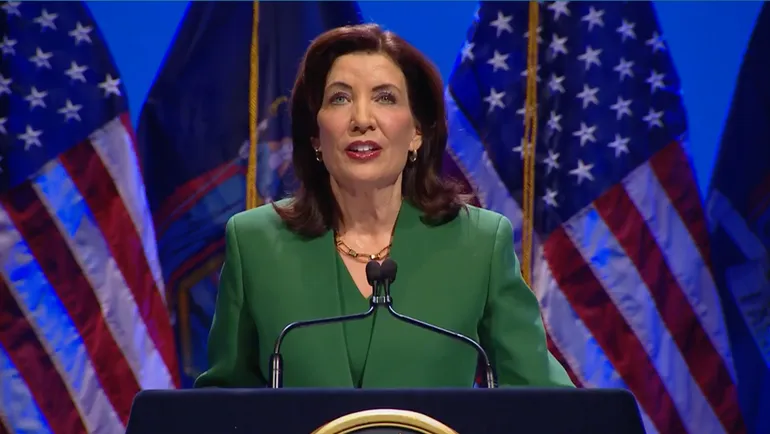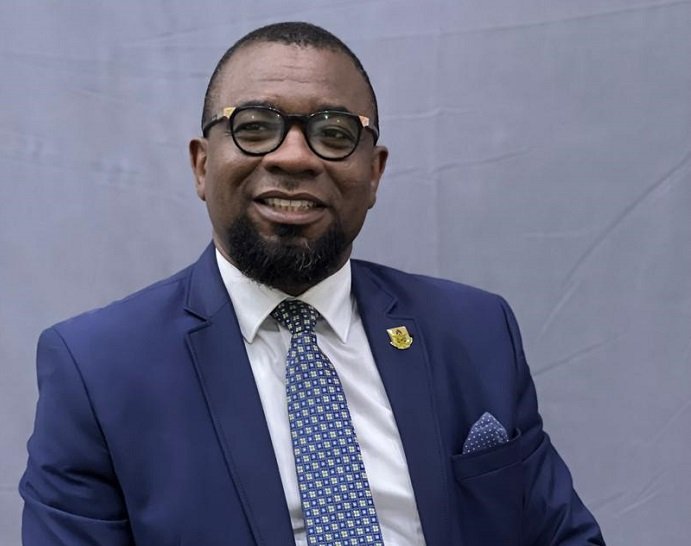CHICAGO — Timing matters for colleges in distress.
How much cash is in the bank at a given moment can mean the difference between shuttering and staying open. And if an institution begins seeking a merger partner when it’s already in dire straits, the effort could be doomed from the start.
Given those time pressures, officials with the Higher Learning Commission — which accredits around 1,000 institutions, primarily in the Midwest — have been working to more quickly identify signals of a college in distress.
Doing so might not save the college, but it could help shelter students and other stakeholders from the fallout of a sudden, unexpected closure.
At HLC’s annual conference in Chicago this week, Eric Martin, executive vice president of the accreditor, pointed to Government Accountability Office data showing a quarter of a million student loan borrowers were affected by some 1,100 college closings between 2010 and 2020.
The closures have prompted increased calls for more accreditor accountability, and in turn prompted HLC to take a closer look at colleges’ financial risk — and to do it faster.
“The question always is, ‘How could you not know that this institution was going to close?’” Jamie Stanesa, a vice president of accreditation relations for HLC, said at the conference. “So we’ve been really trying to figure this out. What are the predictive measures of this? How could we have predicted whether an institution was going to close?”
Looking for distress signals
In response to those calls, a team at HLC closely examined the 13 institutions under the accreditor’s purview that closed between 2019 and 2024, hunting for statistically significant variables as well as anecdotal red flags.
Much of their findings track with other observations about closures. For instance, the closed institutions shared some characteristics: They were mostly small — less than 1,000 students — and mostly private nonprofit colleges.
Some of the key variables the HLC team identified include: low financial health scores and cash-to-expense ratios, decreases in staffing as a sign of cost-cutting, falling cash reserves, and audits falling behind schedule.
Stanesa pointed to other themes HLC found as well, such as leadership turnover ahead of a closure, falling enrollment, tax challenges, unpaid bills and borrowing from an endowment without a clear plan to pay back the loan.
Anecdotally, the team also heard stories about malfeasance and unscrupulous conduct playing into closures as well as unforeseen crises, such as natural disasters, and declining resources from the state.
In the most immediate term, cash is one of the biggest factors in closures, according to Deanna McCormick, a retired college financial administrator — most recently serving as vice president for business and finance at Simpson College, in Indiana — who now consults on higher ed finance issues.
“Cash is king,” McCormick said during the conference panel, pointing out that college cash flows tend to be cyclical rather than smooth, with money flowing into institutions during the early spring and fall around registration time. That means colleges with tight finances can run out of cash to pay the bills during the downtimes if they can’t borrow, draw from their endowment or find some other source of liquidity.
She added that many colleges “developed a false sense of security” from the infusion of emergency pandemic aid provided by the federal government. Now, with cash flows running low for many, colleges are asking state attorney generals for permission to use restricted endowment funds to help fund operations and stay afloat.
Asking for the data
For colleges in the throes of financial distress, communication is crucial, the panelists said.
“Sometimes [chief financial officers] go in front of boards and everything is rosy and lovely,” McCormick said. “You need to be honest with yourself, become partners with your financial folks at your institution. Ask for data — don’t be afraid to ask for data.”
But college officials aren’t the only ones who need to be in the know about institutional finances, the panelists said.
“I’m dealing with a potential closure now where the faculty are expressing shock that the institution is in this much trouble and then blaming the institution for not being transparent,” Stanesa said.
She added, “In fact, if they had started talking about these numbers perhaps three years ago, there might have been some of these last-minute plans coming out then — and not in a last-minute, desperate moment here in the 11th hour.”
McCormick recommended stakeholders attend town hall meetings and open forums — anywhere college presidents or finance leaders might be speaking — and meet with the campus’s accreditor liaison.
The latter point again highlights the importance of accreditors being in the loop. The organizations have to approve teach-out plans, mergers and major institutional changes in times of distress — all reasons why they’re trying to get faster about looking for SOS signals from colleges.
“We’re not hospice,” Martin said. “We really need to be proactive.”





















Discussion about this post